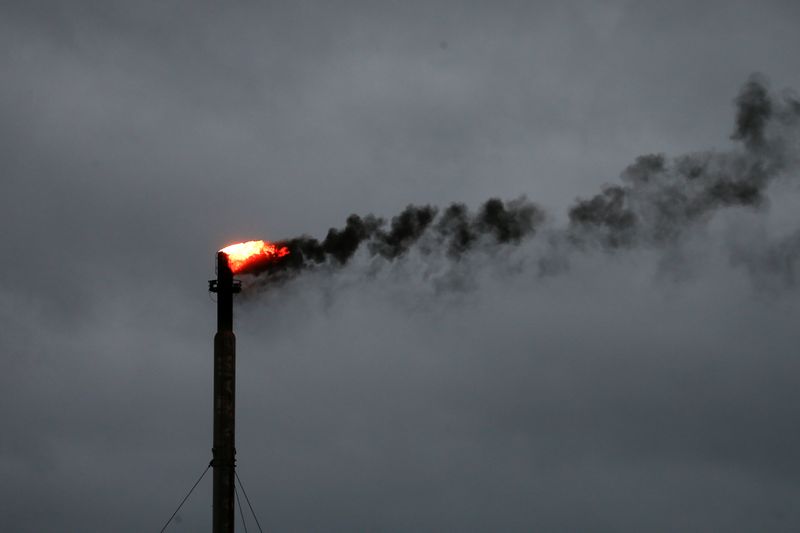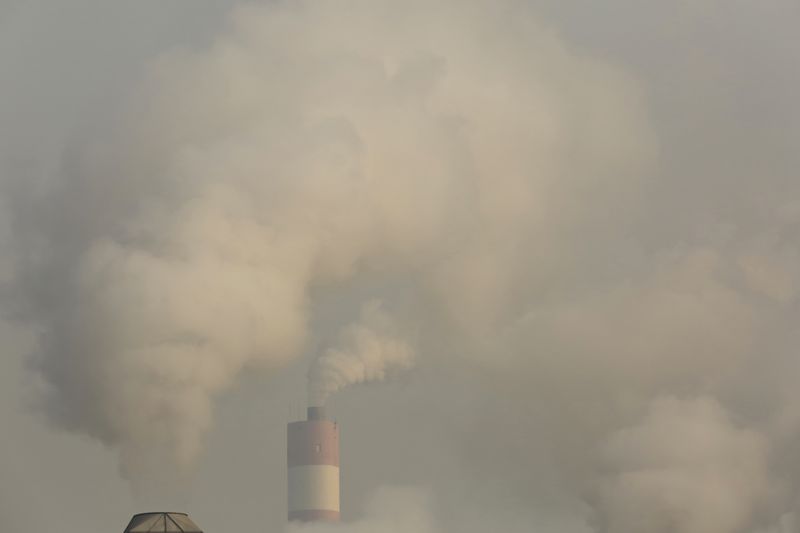By Tim McLaughlin, Laila Kearney and Laura Sanicola
BOSTON/NEW YORK (Reuters) - The U.S. air pollution monitoring network has fallen into disrepair after years of budget cuts and neglect, leaving tens of millions of Americans vulnerable to undetected bad air quality from events like wildfires to industrial pollution, according to a report by the investigative arm of Congress.
The conclusions from a 2-1/2-year audit by the U.S. Government Accountability Office (GAO) confirm key findings in a Reuters special report published last week that detailed broad failures in the air-pollution monitoring system, whose data guides U.S. regulatory policy and informs the public about health risks.
Federal funding for the air monitoring network, which is overseen by the Environmental Protection Agency (EPA) and operated and maintained by state and local environmental agencies, has declined by about 20% since 2004, after adjusting for inflation, leaving it in poor condition, according to the GAO report viewed by Reuters.
The GAO report said some agencies have reported termite damage and leaky roofs at shelters housing sensitive but aging pollution monitoring equipment, and one state agency resorted to shopping on eBay (NASDAQ:EBAY) to find used monitor parts because the manufacturer had stopped making them.
"Officials from some state and local agencies said that, with the funding challenges, they struggled to maintain the minimum level of monitoring required by the EPA," the report said.
A portion of the funding for the system of nearly 4,000 monitors comes from the federal EPA budget as determined by Congress, and the rest comes from state and local governments.
While funding is a major problem, the GAO report found other hurdles to upgrading the system. Some states have resisted installing newer equipment out of fear that doing so could boost their pollution readings, causing them to exceed regulatory thresholds that would trigger limits to new industrial development.
The report added that the EPA has no comprehensive plan for managing the network's assets, such as a uniform schedule to replace worn-out equipment, and that some two-thirds of U.S. counties have no air monitoring devices at all to assess a range of threats that include wildfire smoke and industrial pollution.
Faulty equipment used to calibrate monitors for ozone, a component of smog, forced several states to invalidate pollution data for 2015 and 2016, the report said. And the EPA's Office of Research and Development has updated only one method for measuring toxic chemicals in the air in the past 20 years, it said.
The EPA declined to comment on the GAO report.
"Americans depend on an effective air quality monitoring system to guard against the serious public health threats triggered by air pollution," said Senator Sheldon Whitehouse, a Democrat. "These findings point to troubling gaps in the EPA's air monitoring work."
The GAO's audit began in 2018 at the urging of Whitehouse, as well as Senator Tom Carper, a Democrat and Senator Susan Collins, a Republican.
"For too long, the air monitoring system has been ignored, especially in terms of tracking air toxics, like mercury, in our communities," Carper said.

"The State of Maine, located at the end of our nation's air pollution tailpipe, is on the receiving end of pollution generated in other states," Collins said, pointing out that her state had "the highest rates of asthma in the country."
The Reuters report last week found the government's main network of 3,900 monitoring devices nationwide has routinely missed major toxic releases, including from major refinery explosions.
